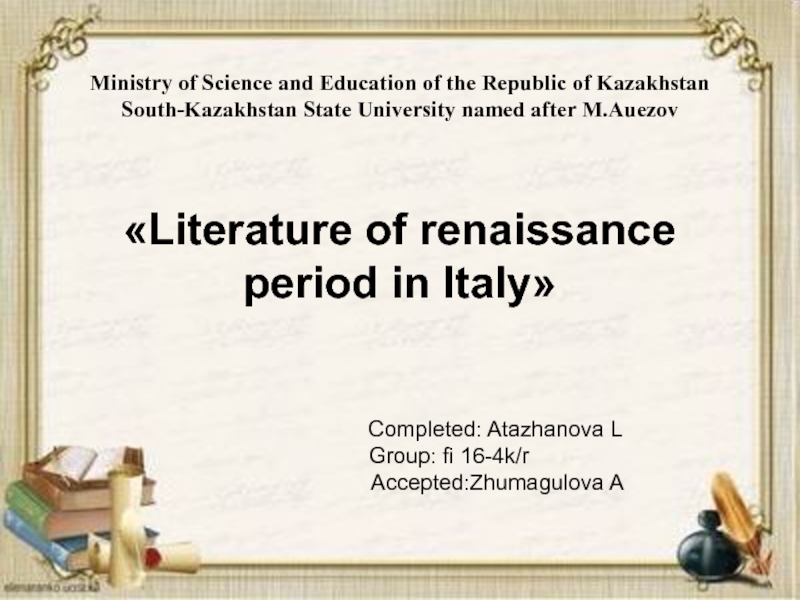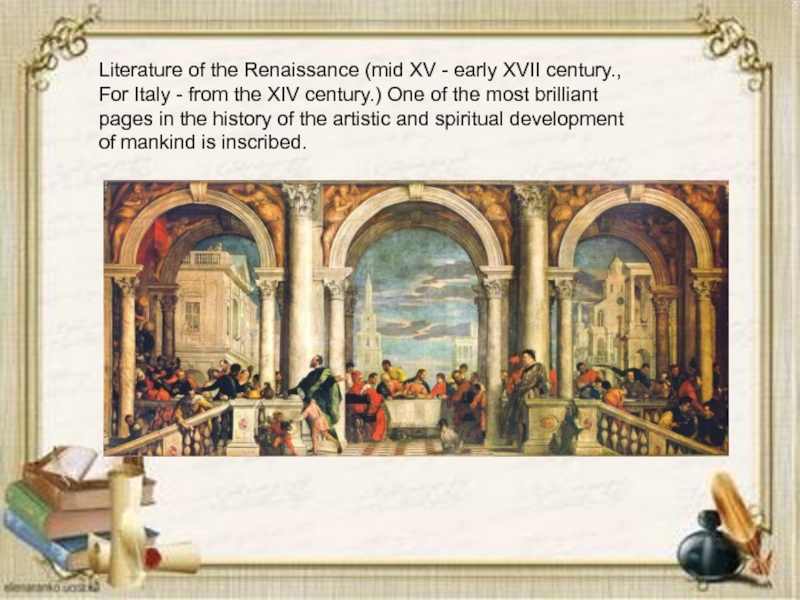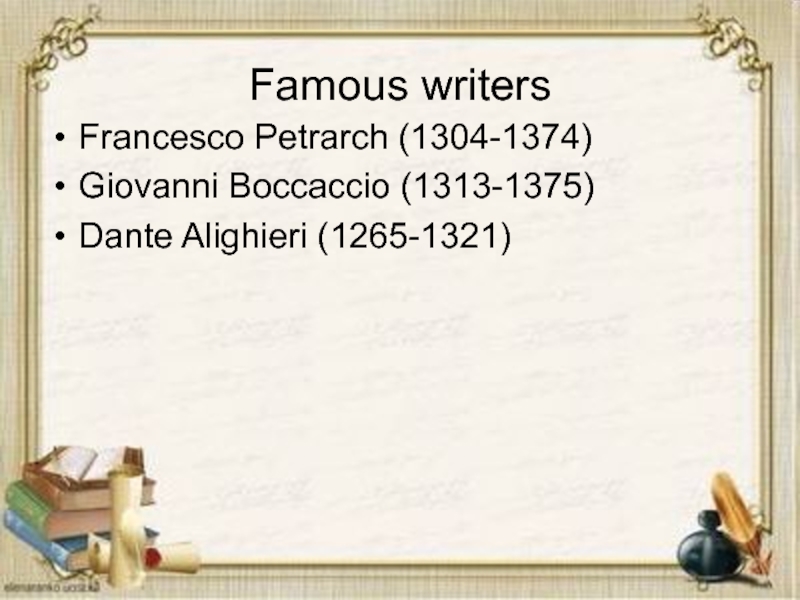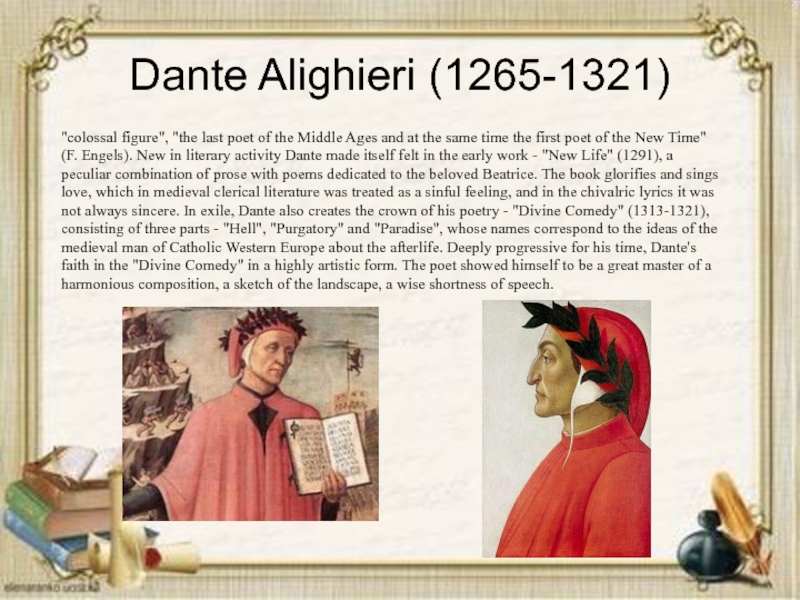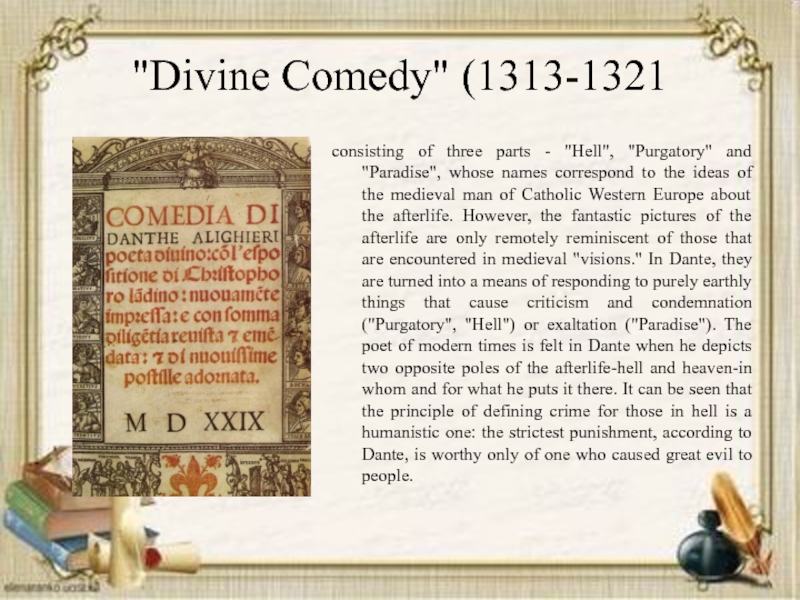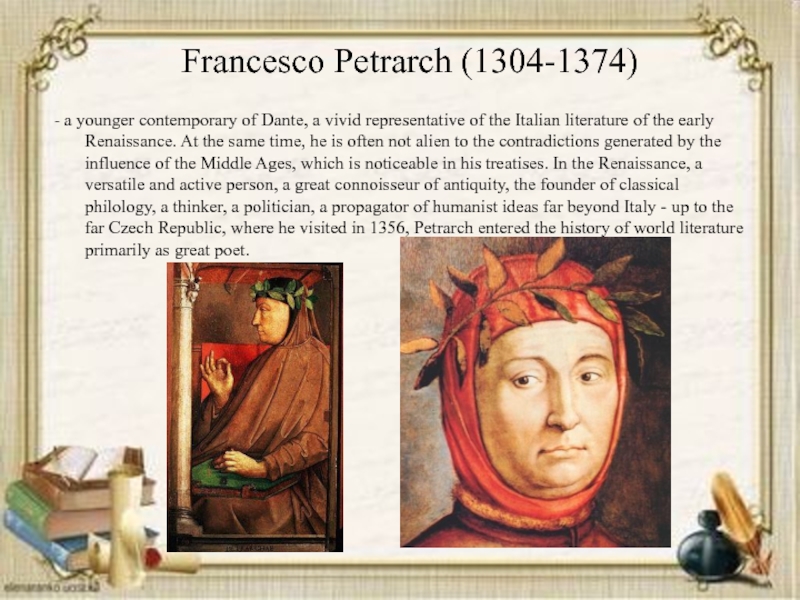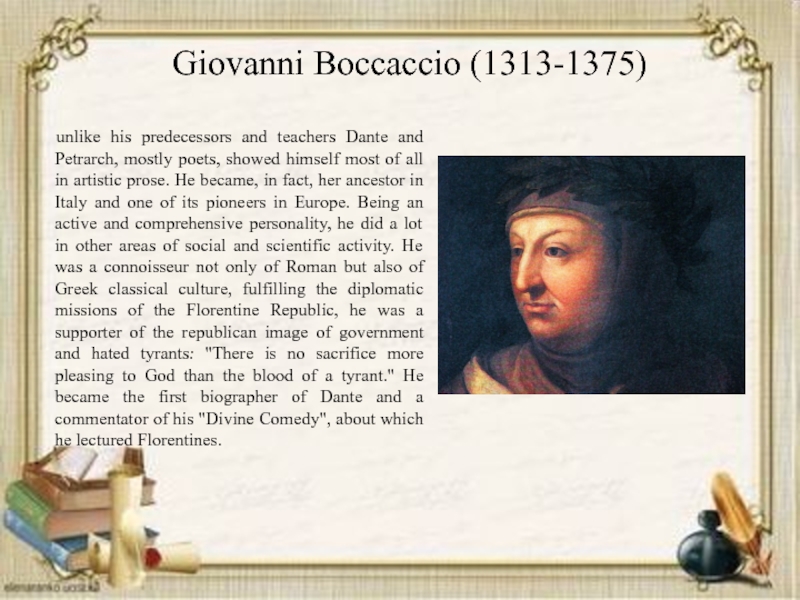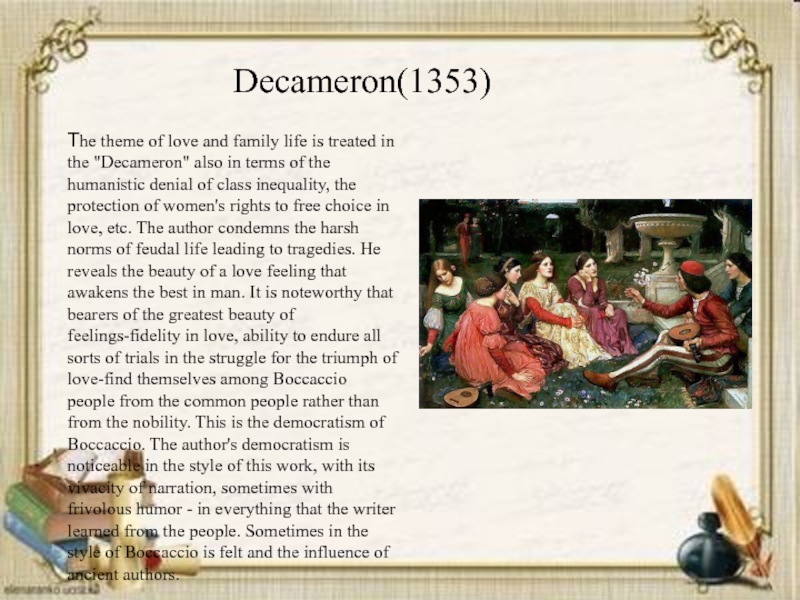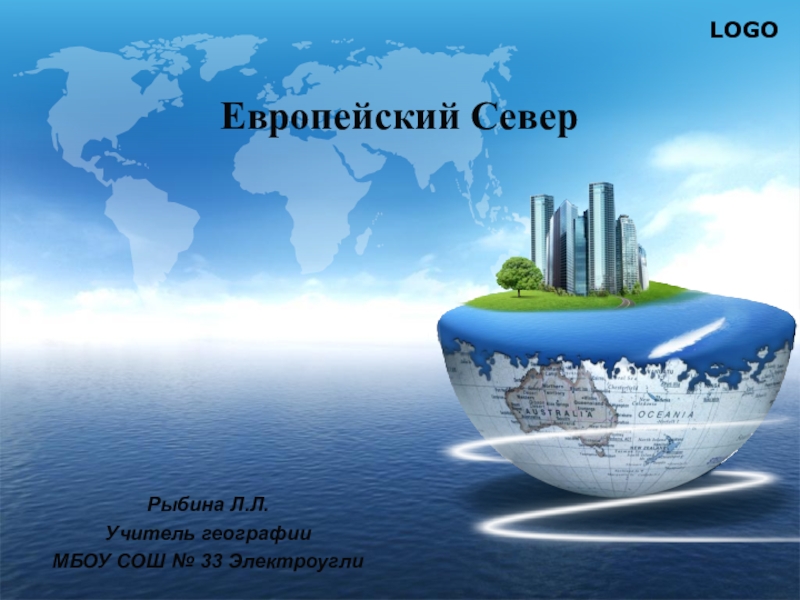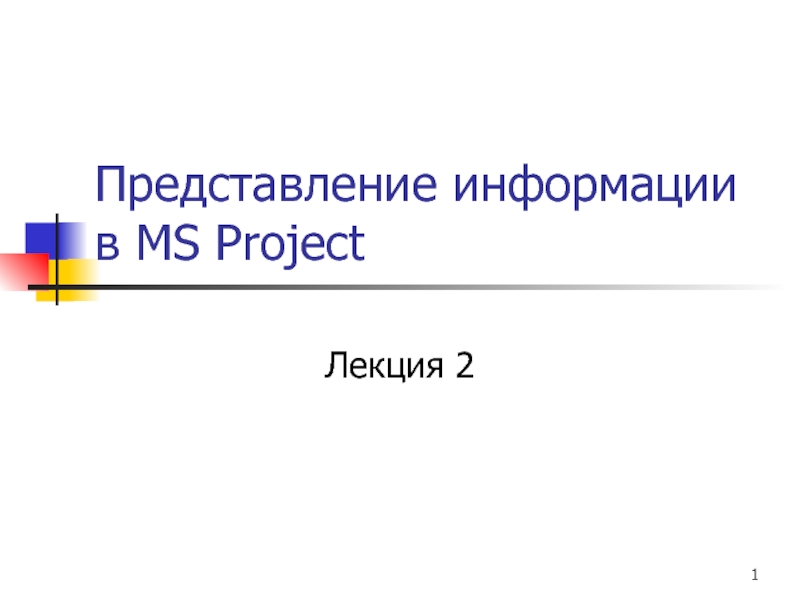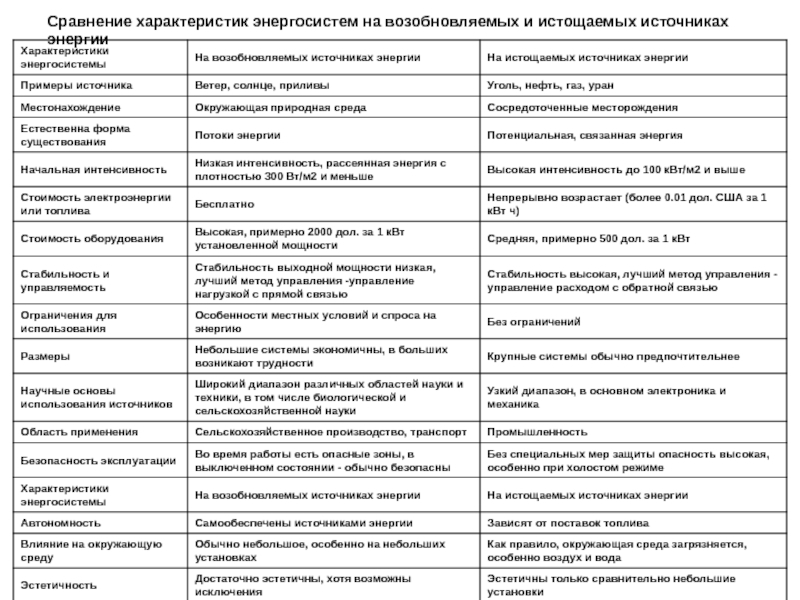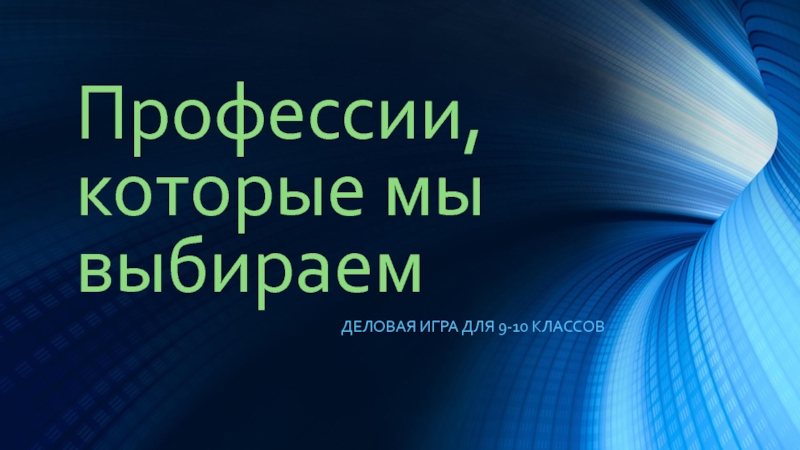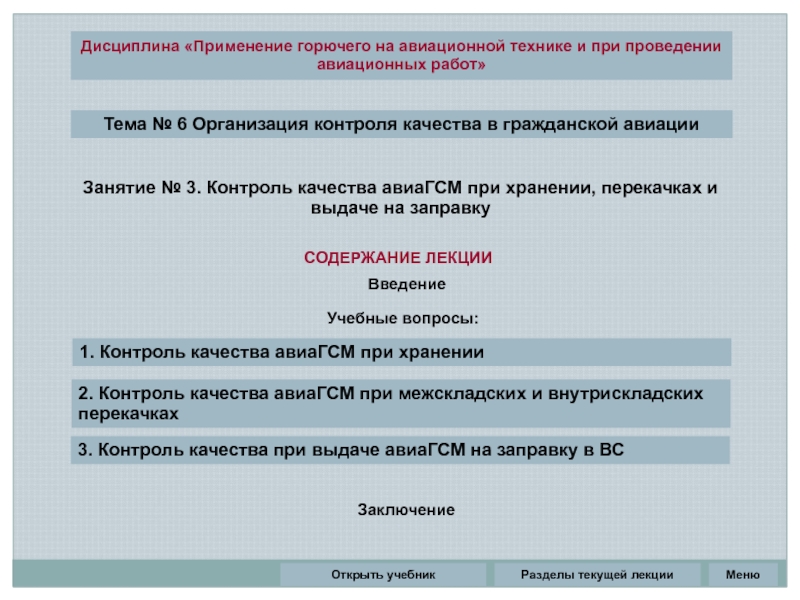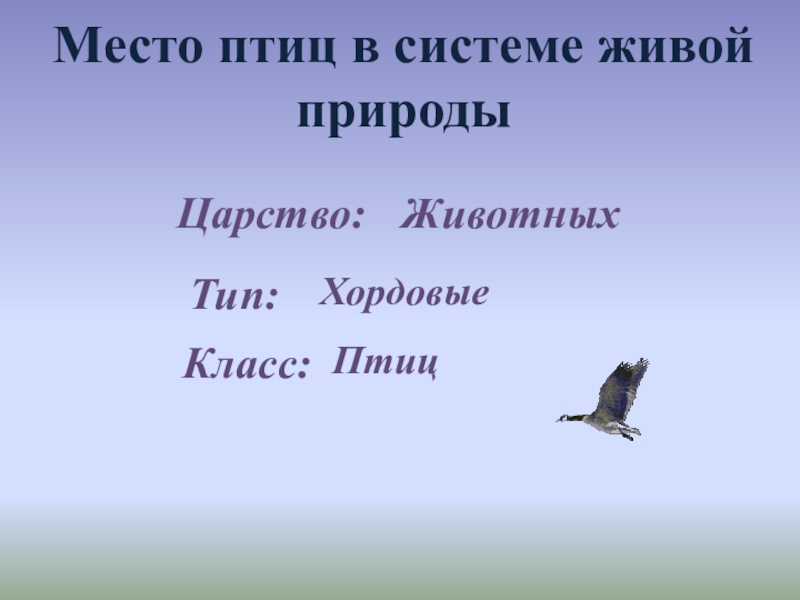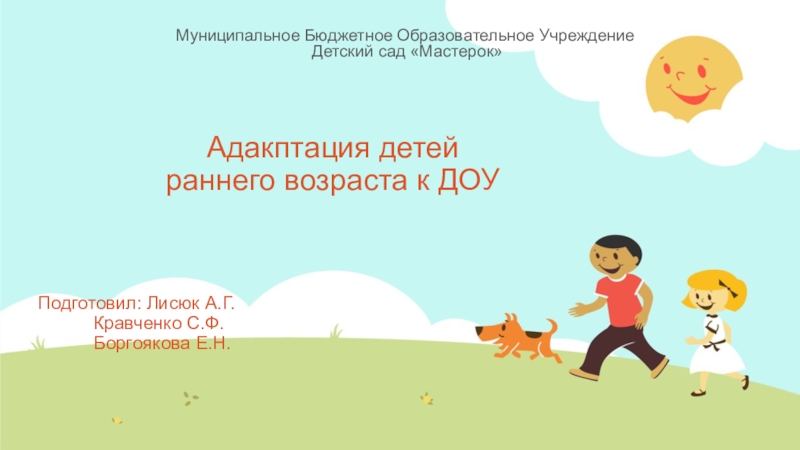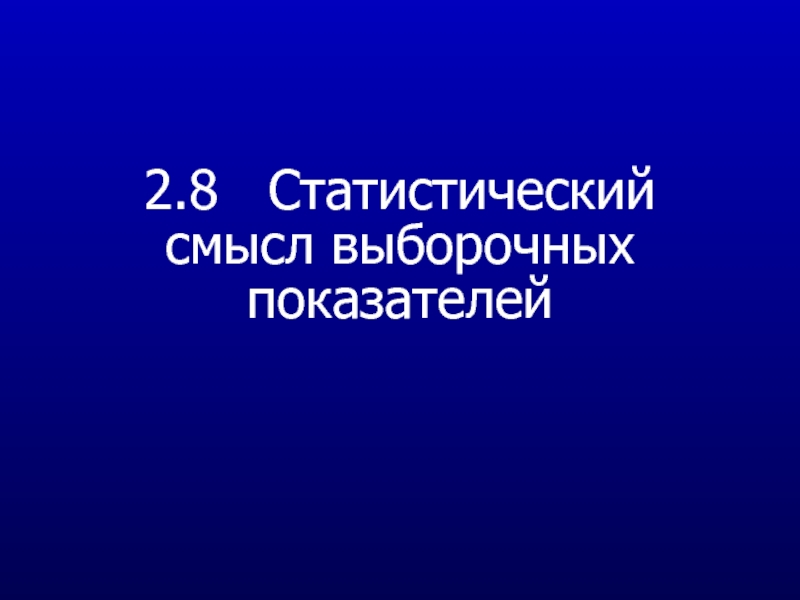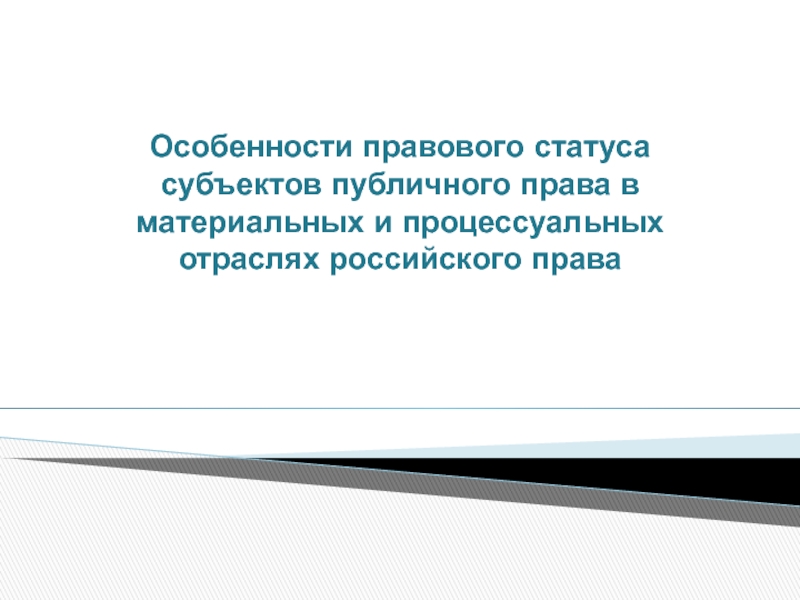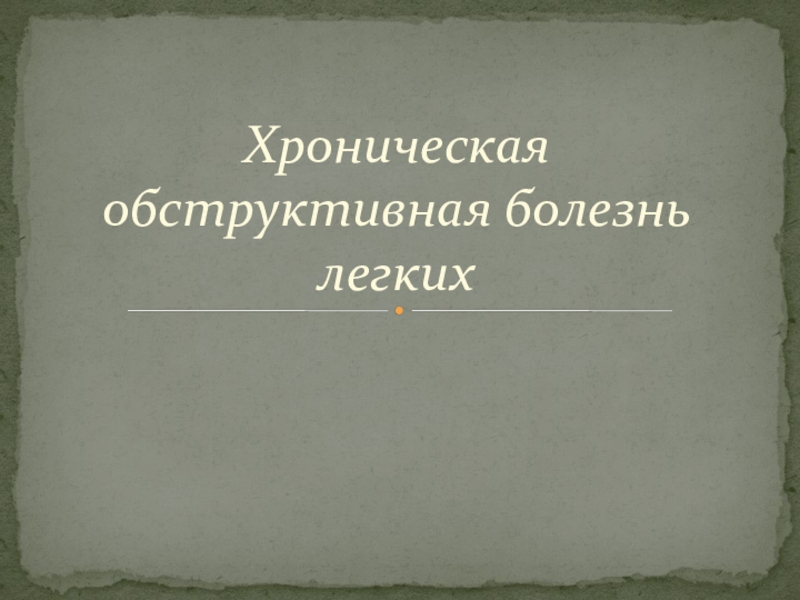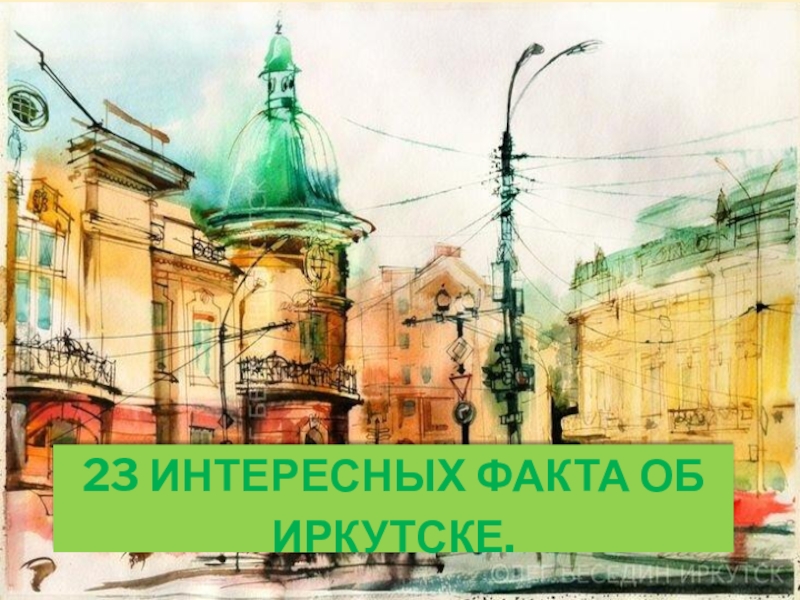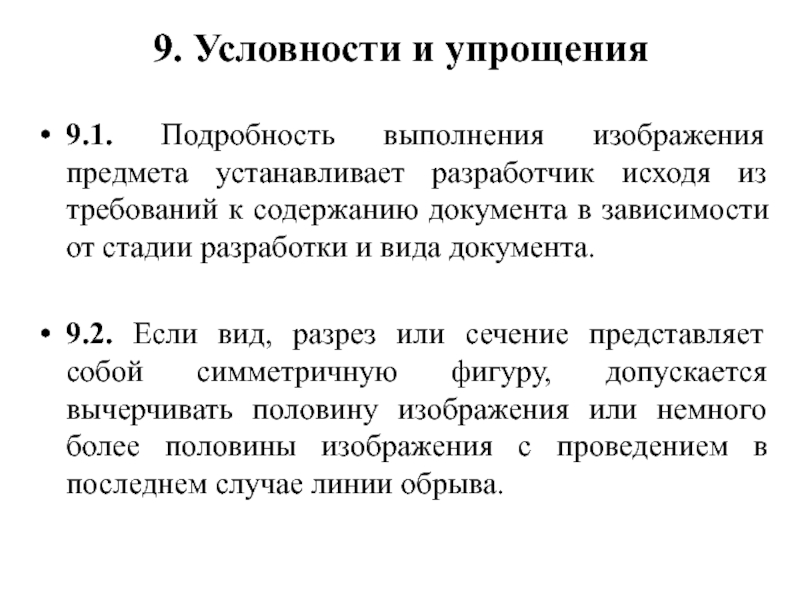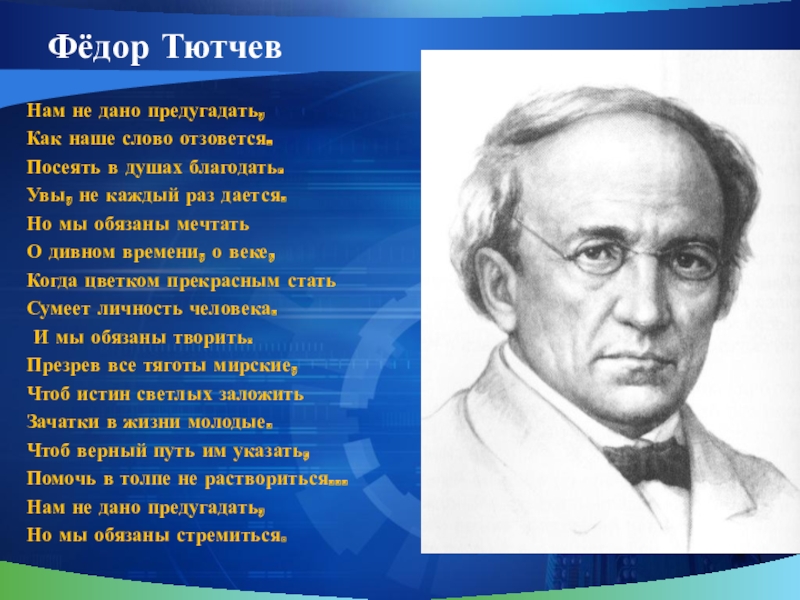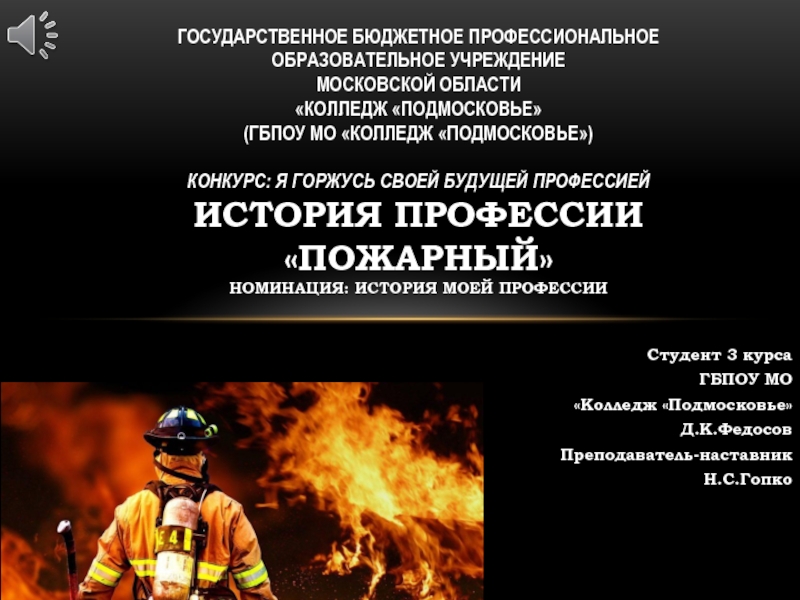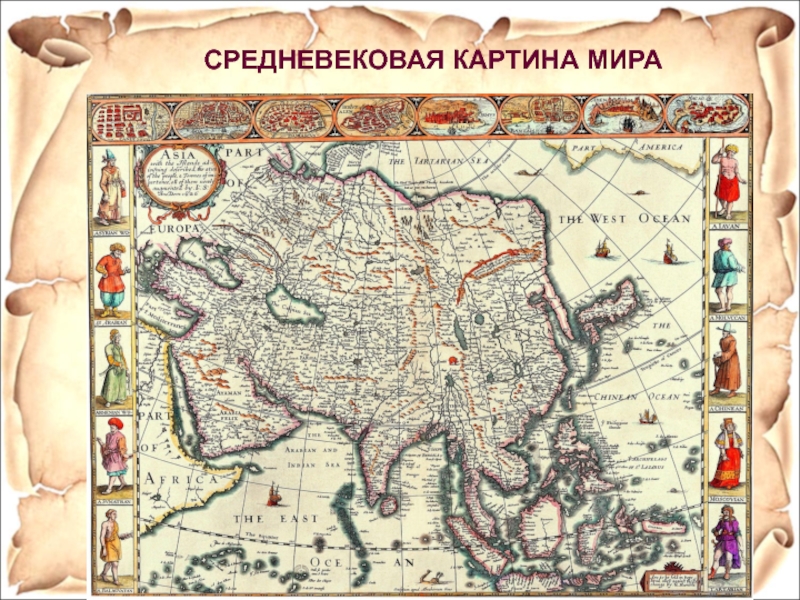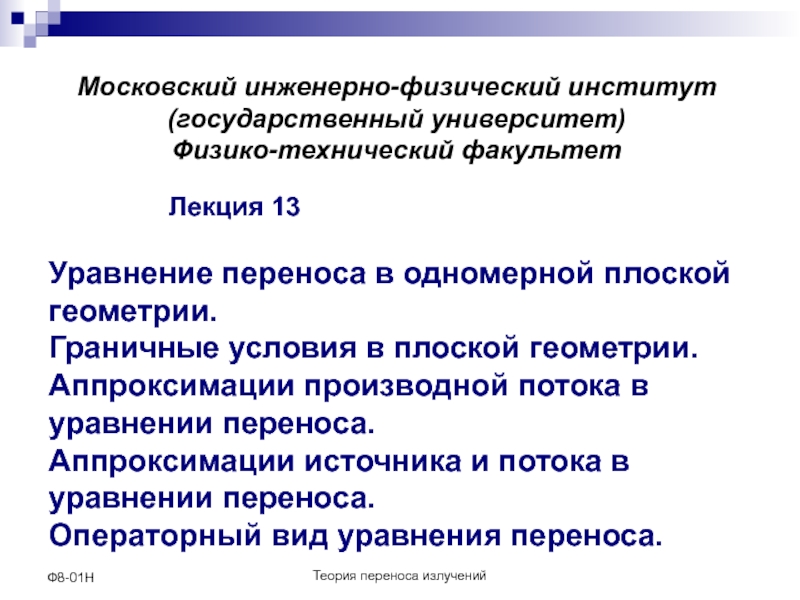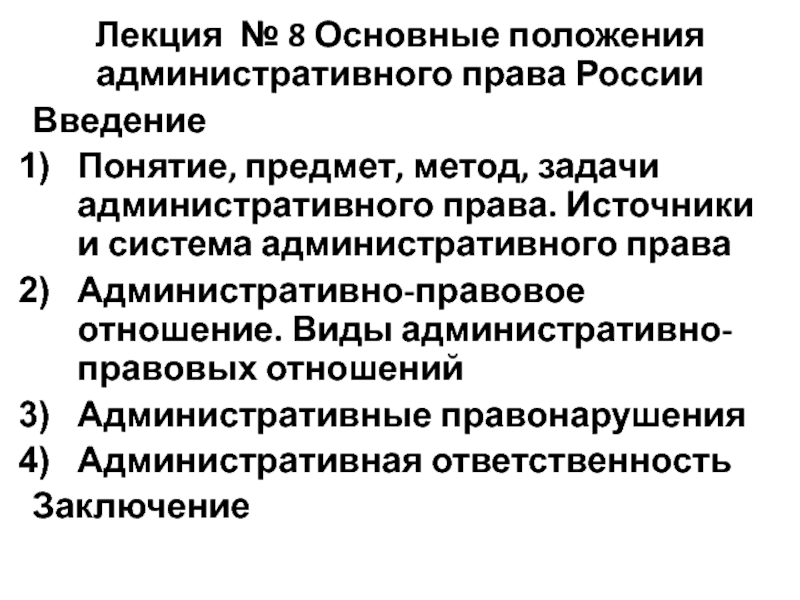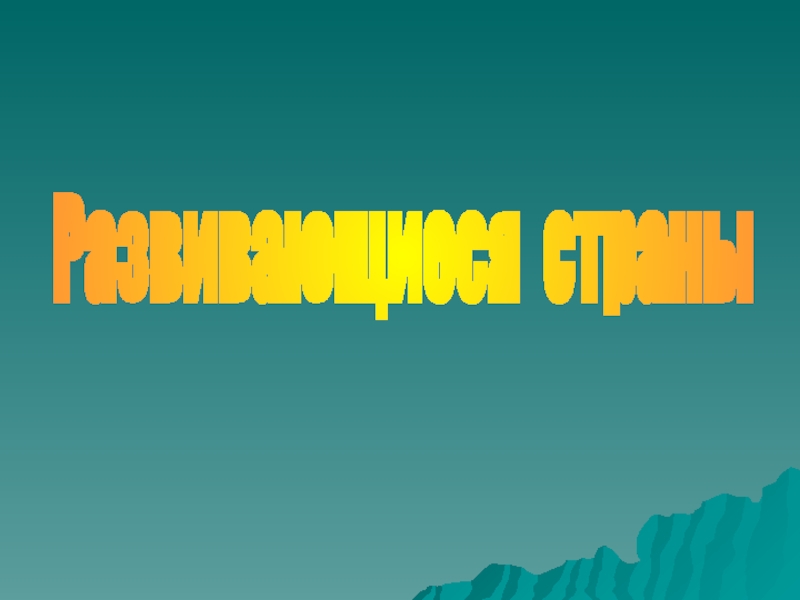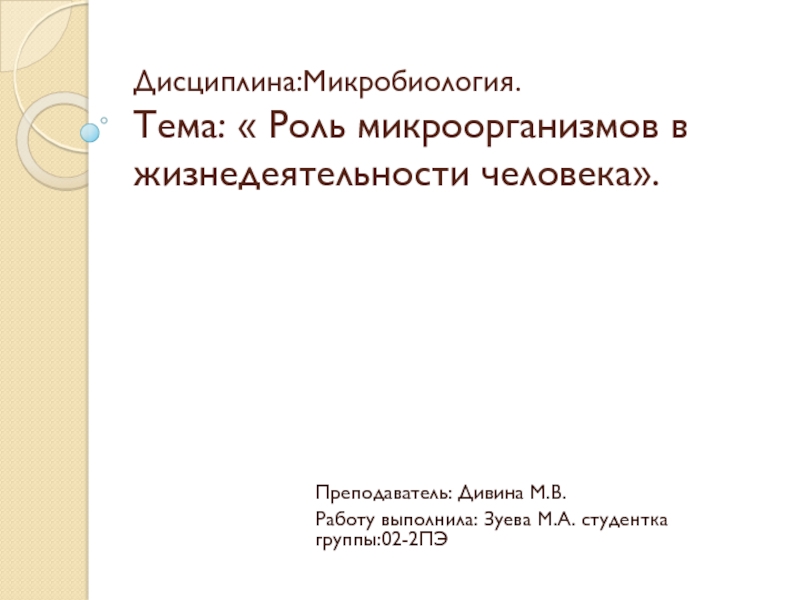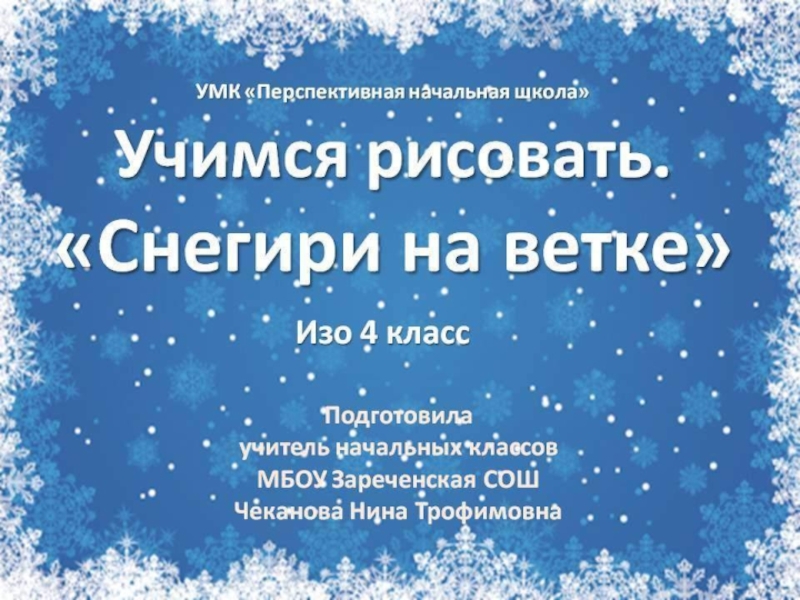Слайд 1
Ministry of Science and Education of the Republic of Kazakhstan
South-Kazakhstan
State University named after M.Auezov
«Literature of renaissance period in
Italy»
Completed: Atazhanova L
Group: fi 16-4k/r
Accepted:Zhumagulova A
Слайд 2Literature of the Renaissance (mid XV - early XVII century.,
For Italy - from the XIV century.) One of the
most brilliant pages in the history of the artistic and spiritual development of mankind is inscribed.
Слайд 3Difference between periods
The literature of the Renaissance is distinguished by
a new humanistic worldview, the main thing in which is
the nomination of a person (homo) with his liberated mind and sphere of emotions, freed from medieval dogmas, recognized as worthy of the closest attention. Struggle for that the person became more humane, i.e. more reasonable and kinder, became the main theme in the works of the Titans of the Renaissance literature. A great help in this noble struggle was their appeal to the poetic creativity of their peoples, where the ideal of man had long been developed, and to the ancient culture of the time of its heyday, which also gave examples of high humanity.
The literature of the Renaissance is characterized by realism, which overcomes the medieval allegorism, which was not completely exhausted in the urban literature. At the same time, Renaissance (revivalist) realism has such features as the titanic character of the heroes, the breadth of the reality show with the reproduction of its contradictions, the introduction into the picture of reality of elements of fantasy and adventure, having a folklore basis, optimism generated by faith in man. All the above-mentioned features of Renaissance realism were manifested with great force in the work of the Titans of the artistic thought of Shakespeare, Cervantes, Rabelais and others.
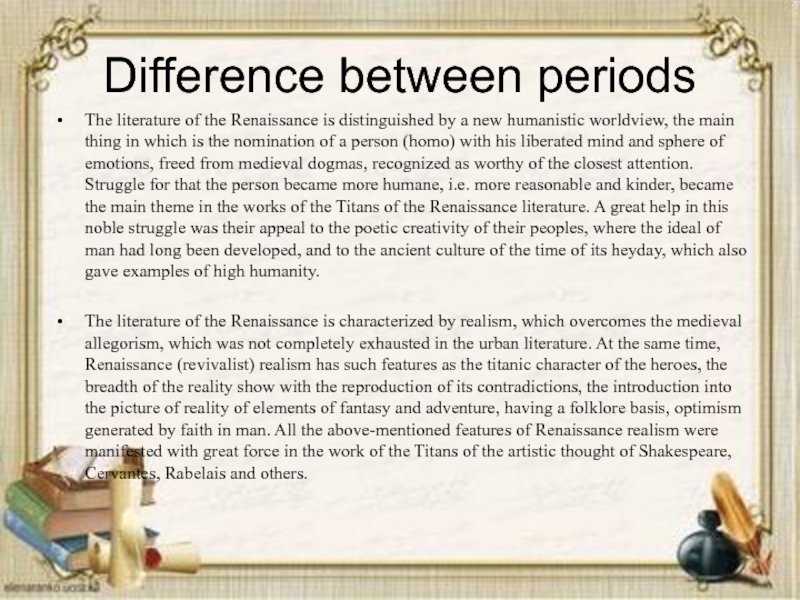
Слайд 4Famous writers
Francesco Petrarch (1304-1374)
Giovanni Boccaccio (1313-1375)
Dante Alighieri (1265-1321)
Слайд 5Dante Alighieri (1265-1321)
"colossal figure", "the last poet of the Middle
Ages and at the same time the first poet of
the New Time" (F. Engels). New in literary activity Dante made itself felt in the early work - "New Life" (1291), a peculiar combination of prose with poems dedicated to the beloved Beatrice. The book glorifies and sings love, which in medieval clerical literature was treated as a sinful feeling, and in the chivalric lyrics it was not always sincere. In exile, Dante also creates the crown of his poetry - "Divine Comedy" (1313-1321), consisting of three parts - "Hell", "Purgatory" and "Paradise", whose names correspond to the ideas of the medieval man of Catholic Western Europe about the afterlife. Deeply progressive for his time, Dante's faith in the "Divine Comedy" in a highly artistic form. The poet showed himself to be a great master of a harmonious composition, a sketch of the landscape, a wise shortness of speech.
Слайд 6"Divine Comedy" (1313-1321
consisting of three parts - "Hell", "Purgatory" and
"Paradise", whose names correspond to the ideas of the medieval
man of Catholic Western Europe about the afterlife. However, the fantastic pictures of the afterlife are only remotely reminiscent of those that are encountered in medieval "visions." In Dante, they are turned into a means of responding to purely earthly things that cause criticism and condemnation ("Purgatory", "Hell") or exaltation ("Paradise"). The poet of modern times is felt in Dante when he depicts two opposite poles of the afterlife-hell and heaven-in whom and for what he puts it there. It can be seen that the principle of defining crime for those in hell is a humanistic one: the strictest punishment, according to Dante, is worthy only of one who caused great evil to people.
Слайд 7Francesco Petrarch (1304-1374)
- a younger contemporary of Dante, a vivid
representative of the Italian literature of the early Renaissance. At
the same time, he is often not alien to the contradictions generated by the influence of the Middle Ages, which is noticeable in his treatises. In the Renaissance, a versatile and active person, a great connoisseur of antiquity, the founder of classical philology, a thinker, a politician, a propagator of humanist ideas far beyond Italy - up to the far Czech Republic, where he visited in 1356, Petrarch entered the history of world literature primarily as great poet.
Слайд 8Giovanni Boccaccio (1313-1375)
unlike his predecessors and teachers Dante and Petrarch,
mostly poets, showed himself most of all in artistic prose.
He became, in fact, her ancestor in Italy and one of its pioneers in Europe. Being an active and comprehensive personality, he did a lot in other areas of social and scientific activity. He was a connoisseur not only of Roman but also of Greek classical culture, fulfilling the diplomatic missions of the Florentine Republic, he was a supporter of the republican image of government and hated tyrants: "There is no sacrifice more pleasing to God than the blood of a tyrant." He became the first biographer of Dante and a commentator of his "Divine Comedy", about which he lectured Florentines.
Decameron(1353)
The theme of love and family life is
treated in the "Decameron" also in terms of the humanistic denial of class inequality, the protection of women's rights to free choice in love, etc. The author condemns the harsh norms of feudal life leading to tragedies. He reveals the beauty of a love feeling that awakens the best in man. It is noteworthy that bearers of the greatest beauty of feelings-fidelity in love, ability to endure all sorts of trials in the struggle for the triumph of love-find themselves among Boccaccio people from the common people rather than from the nobility. This is the democratism of Boccaccio. The author's democratism is noticeable in the style of this work, with its vivacity of narration, sometimes with frivolous humor - in everything that the writer learned from the people. Sometimes in the style of Boccaccio is felt and the influence of ancient authors.
